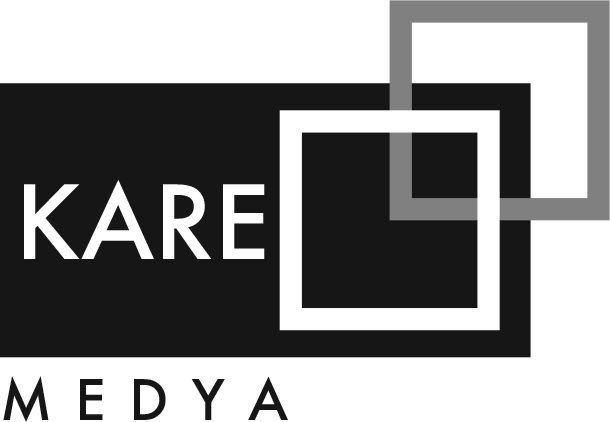
Journal of Education and Research in Nursing
Determination of Nursing Students’ Attitudes Towards Evidence-Based Nursing
Öznur Başdaş, Harun ÖzbeyDepartment Of Pediatric Nursing, Erciyes University, Kayseri, TurkeyINTRODUCTION: Research; It was planned as a descriptive study in order to evaluate the attitudes of nursing students towards evidence based nursing.
METHODS: 516 nursing students studying at the Faculty of Health Sciences, which provides education through integrated curriculum, was made with the students. The data were collected using the Student Information Form and the Evidence-Based Nursing Questionnaire using the survey method. In the analysis of the data, the number, percentage, Mann-Whitney U and Kruskal-Wallis tests were used.
RESULTS: The average age of the nursing students was 20.95 ± 1.66, 82.8% were female, 38.8% were in the fourth grade, and 42.6% of the students had a general academic average of 2.50-3.00. The mean score of the nursing students was found to be high (60.70 ± 8.02). It was found that nursing students whose gender is female, aged 20 and under, who are in first and second grade, whose general academic average is three and above and who think that evidence-based practice is needed in nursing, have higher scores on the EBNQ (p<0.05).
DISCUSSION AND CONCLUSION: In nursing undergraduate programs, qualified nurses need to be trained with this perspective by adopting the necessity of evidence practice nursing. Evidence-based practices and evidence-based nursing related topics should be included in nursing curriculum more and researches related to this subject should be increased.
Keywords: Nursing student, evidence-based nursing, evidence- based practice, attitude.
Hemşirelik Öğrencilerinin Kanıta Dayalı Hemşireliğe Yönelik Tutumlarının Belirlenmesi
Öznur Başdaş, Harun ÖzbeyErciyes Üniversitesi Sağlık Bilimleri Fakültesi, Çocuk Sağlığı Ve Hastalıkları Hemşireliği Ana Bilim Dalı, KayseriGİRİŞ ve AMAÇ: Araştırma; hemşirelik bölümü öğrencilerinin kanıta dayalı hemşireliğe yönelik tutumlarını değerlendirmek amacıyla tanımlayıcı olarak planlanmıştır.
YÖNTEM ve GEREÇLER: Entegre müfredat programı ile eğitim veren bir Sağlık Bilimleri Fakültesinde öğrenim gören 516 hemşirelik bölümü öğrencisi ile yapılmıştır. Veriler Öğrenci Tanıtıcı Formu ve Kanıta Dayalı Hemşireliğe Yönelik Tutum Ölçeği (KDHYTÖ) kullanılarak anket yöntemi ile toplanmıştır. Verilerin analizinde sayı, yüzde, Mann-Whitney U ve Kruskal-Wallis testleri kullanılmıştır.
BULGULAR: Hemşirelik öğrencilerinin yaş ortalamasının 20.95±1.66 olduğu, %82.8’inin kadın, %38.8’inin dördüncü sınıfta öğrenim gördüğü ve %42.6’sının genel akademik ortalamasının 2.50-3.00 arasında olduğu saptanmıştır. Hemşirelik öğrencilerinin KDHYTÖ puan ortalamasının yüksek düzeyde (60.70±8.02) olduğu belirlenmiştir. Cinsiyeti kadın, 20 yaş ve altı, birinci ve ikinci sınıfta öğrenim gören, genel akademik ortalaması üç ve üstü olan ve hemşirelikte kanıta dayalı uygulamaya ihtiyaç olduğunu düşünen hemşirelik öğrencilerinin KDHYTÖ puanlarının daha yüksek olduğu bulunmuştur (p<0.05).
TARTIŞMA ve SONUÇ: Hemşirelik lisans programlarında kanıta dayalı hemşireliğin gerekliliği benimsetilerek bu bakış açısıyla nitelikli hemşirelerin yetiştirilmesi gerekmektedir. Kanıta dayalı uygulamalar ve kanıta dayalı hemşirelik ilgili konuların hemşirelik müfredat programlarında daha fazla yer verilmesi ve bu konu ile ilgili araştırmaların artırılması önerilebilir.
Anahtar Kelimeler: Hemşirelik öğrencisi, kanıta dayalı hemşirelik, kanıta dayalı uygulama, tutum.
Manuscript Language: Turkish
© 2025 Journal of Education and Research in Nursing. All rights reserved for the website content. Articles published in this journal are licensed under a CC BY-NC license.


